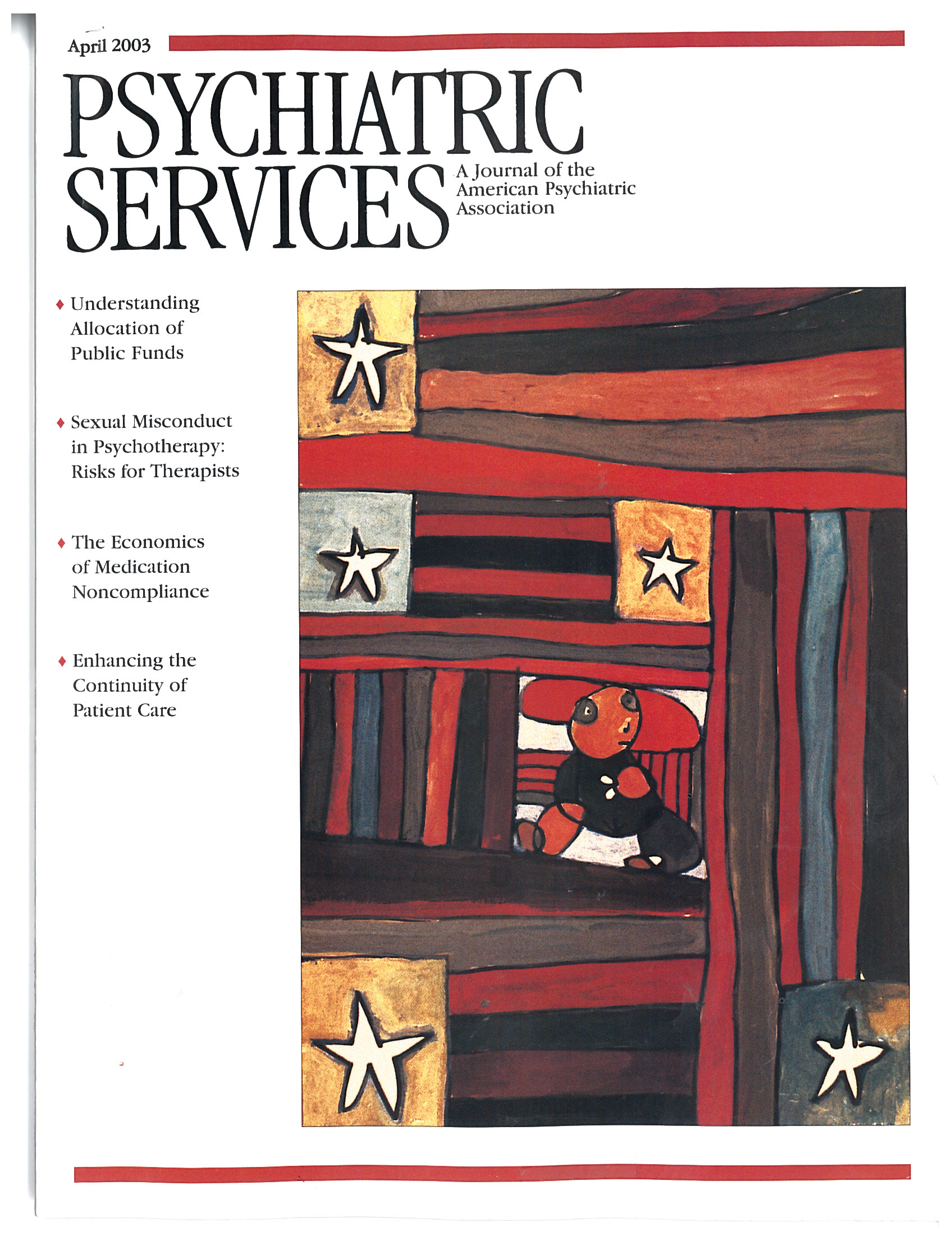Ask Patients and Caregivers About Continuity of Care
In this issue of Psychiatric Services, a large cross-sectional Veterans Affairs (VA) study reports success in enhancing continuity of care. It is good news that the Department of Veterans Affairs set continuity of care as a quality objective in 1998, and it is significant that VA medical centers had high scores on surveys by the Joint Commission on Accreditation of Healthcare Organizations in 2002.
It seems obvious that feedback from patients and their families is critical in evaluating continuity of care. However, to be able to accept patient surveys as a valid quality measure, we need to dispense with the assumption that the provision of high-quality psychiatric care to needy patients requires large health care expenditures. There is simply no evidence that psychiatric patients insatiably or inappropriately demand clinical and support services. Patients do not expect the moon, and it is no fun to be mentally ill.
Therefore, the next step in evaluating continuity of care is to trust and value patients' and caregivers' perceptions of continuity of care. A vital aspect of continuity of care is the quality of physician-patient and provider-client relationships. We need to ask patients, family members, and other caregivers how they experience their relationship with their physician and other providers, whether patients view the physician as an ongoing resource and consultant, the specific ways patients think of clinicians as resources to meet health care needs, and the extent to which the physician and other providers demonstrate knowledge of a patient's ongoing treatment needs and capability to comply with treatment expectations.
Consumer and caregiver surveys must also assess patients' special needs, such as for home health care, medical devices, support services, and case management. We need to know what patients know about access to community services and the barriers they encounter. Moreover, in order to focus on the actual experiences of those who are currently using or attempting to obtain services, surveys of persons served by a health care system or health plan must separate out those who are not users of services and those who report a need for clinical or supportive services.
Many patient satisfaction surveys currently in use are biased, because the surveys include questions about access to acute care and customer service response times rather than focusing on access to nonemergency care and relationships with service providers. Current surveys do not ask patients what they want from care, what they actually get from physicians and other providers from whom they have received care, and what problems they have faced in getting their needs met. Let's hope that future studies and surveys of continuity of care will focus on the actual experiences of patients.



